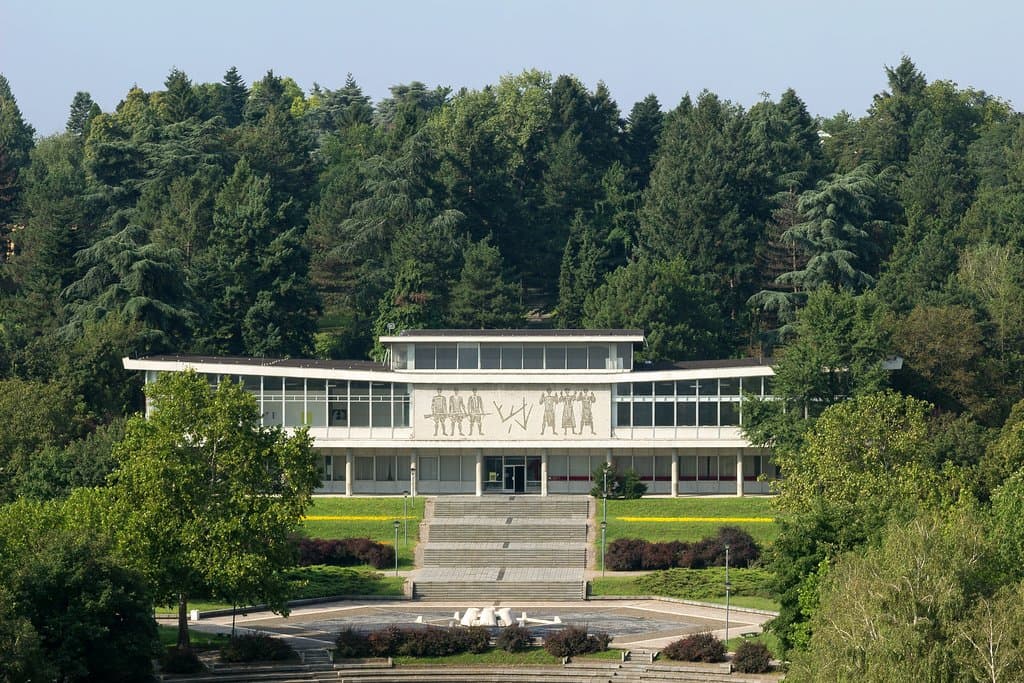
Museum of Yugoslavia
Explore the history of Yugoslavia and the life of its iconic leader, Josip Broz Tito, at this significant museum complex.

Highlights
Must-see attractions
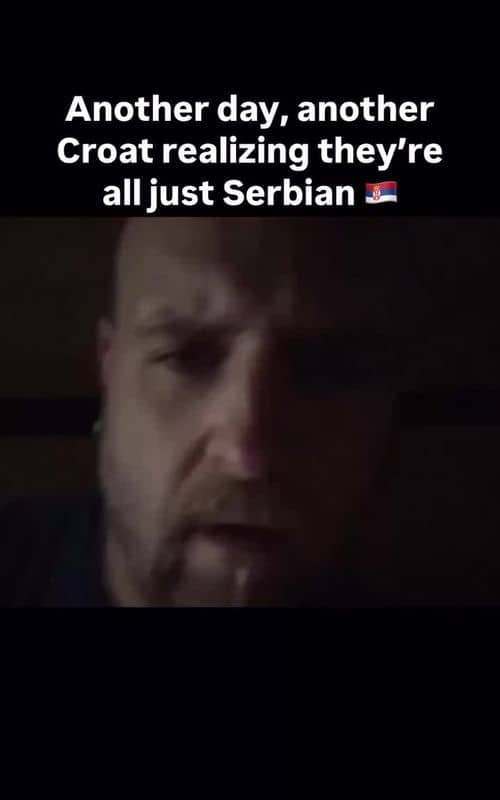
Social
From TikTok & Reddit
Best Time
Fewer crowds, more peaceful exploration

Museum of Yugoslavia
Best Time
Fewer crowds, more peaceful exploration

Highlights
Must-see attractions
Explore the history of Yugoslavia and the life of its iconic leader, Josip Broz Tito, at this significant museum complex.
"Truly a great place, amazing both for locals and for English speaking people."
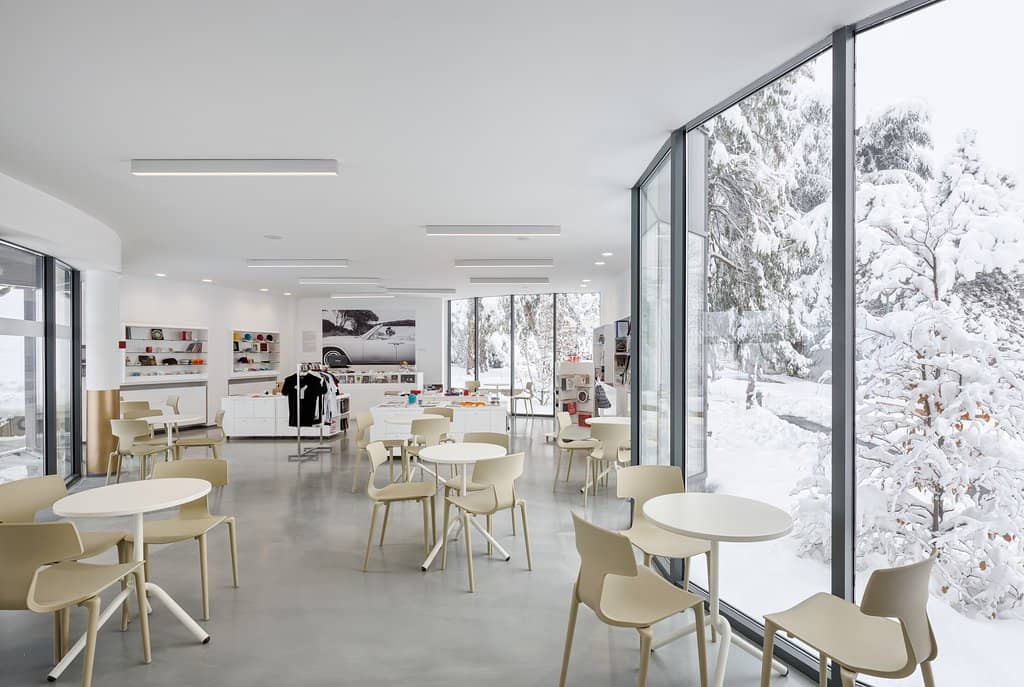
📚 Research Before You Go
Understanding Yugoslavia's history enhances the museum experience. Read up on Tito and the era beforehand!
⏰ Allow Ample Time
Don't rush! The House of Flowers and other exhibits require time. Plan for 1.5-2 hours.
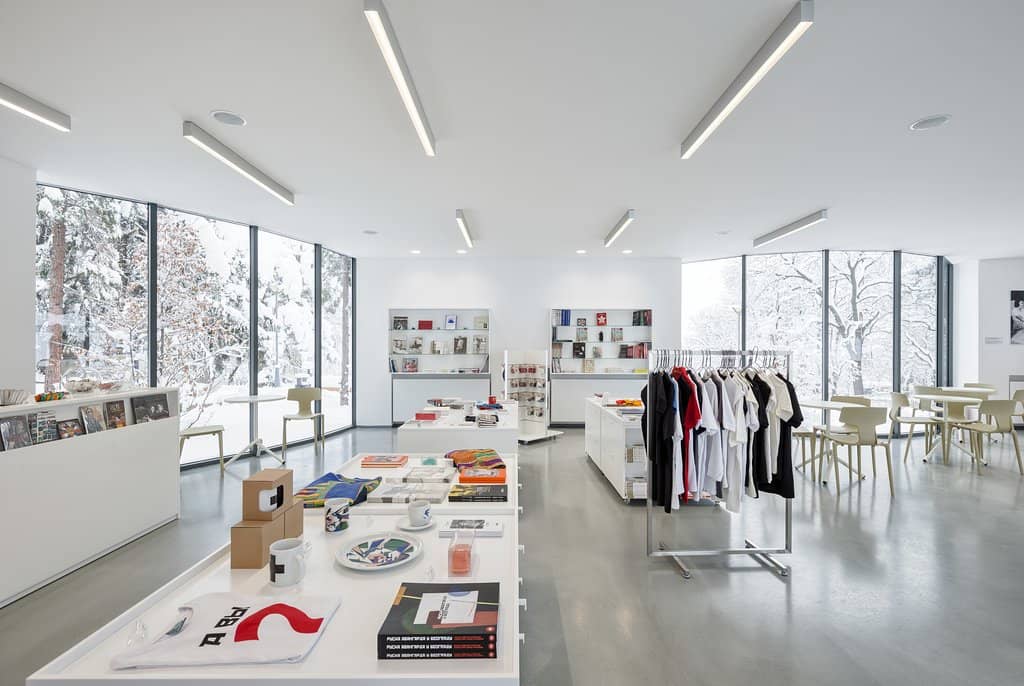
Highlights
Discover the most iconic attractions and experiences
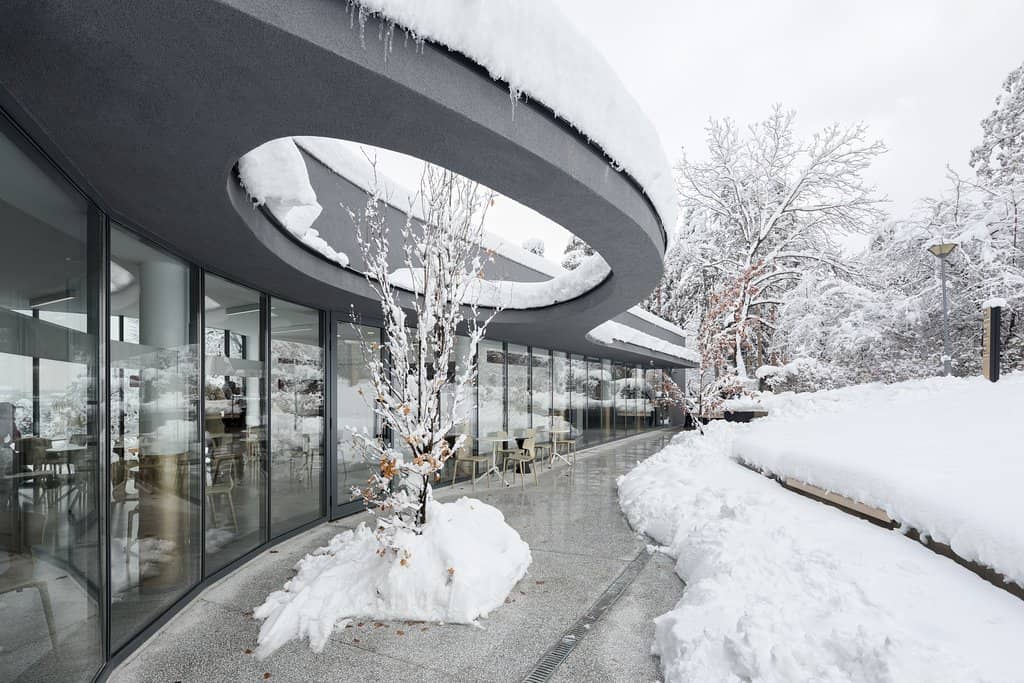
The House of Flowers
Tito's Mausoleum
Explore the final resting place of Josip Broz Tito and gain insight into his life and legacy.

Gifts to Tito
Exhibition Hall
Marvel at the diverse collection of treasures and diplomatic gifts bestowed upon Tito from around the world.
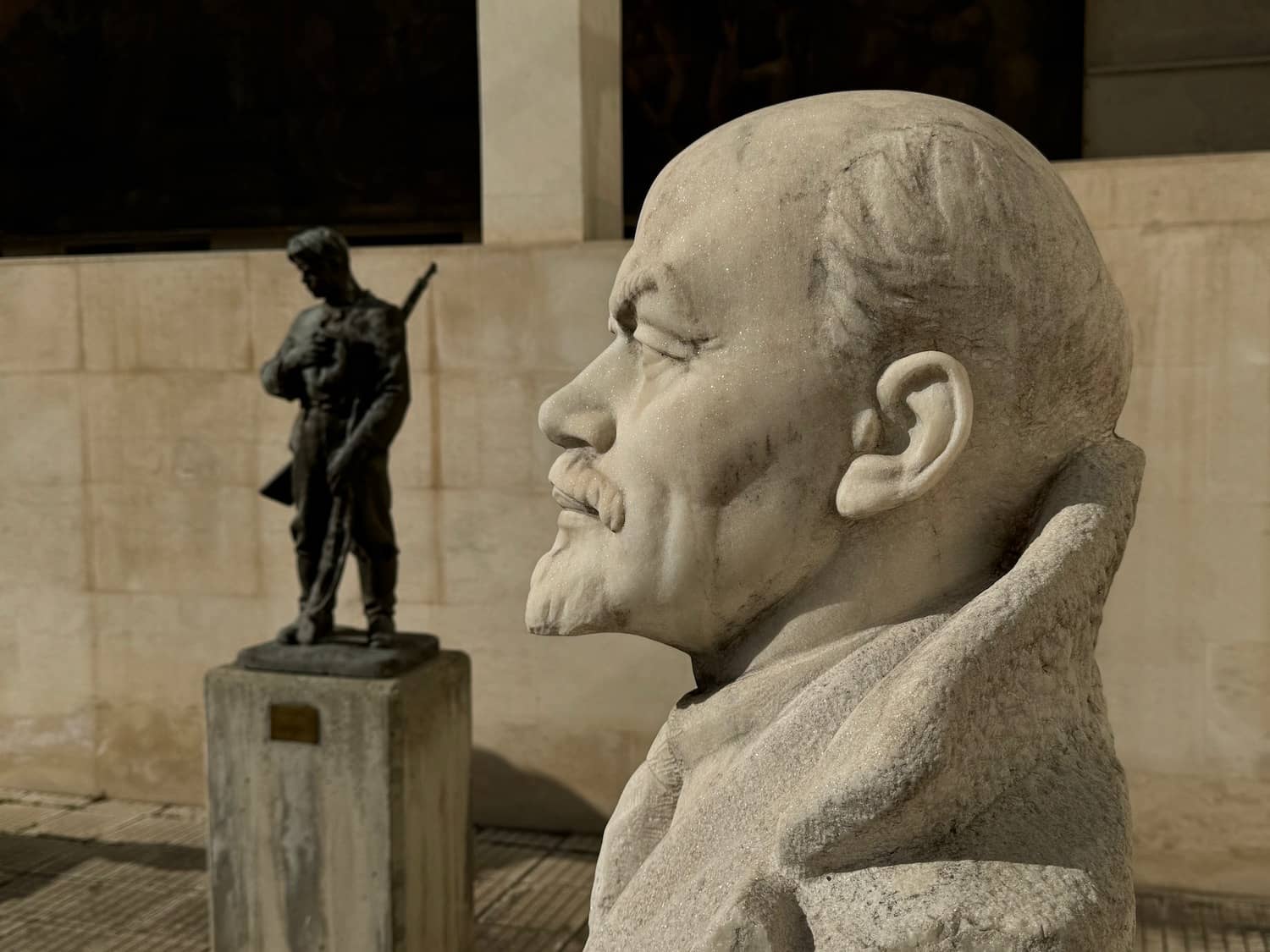
Yugoslavia's Daily Life
Main Museum Building
Discover artifacts and stories that paint a picture of everyday life and nostalgia for the Yugoslav era.
Plans like a pro.
Thinks like you
Planning Your Visit
Understand the Scope
Allocate Your Time Wisely
Best Times
Insider Tips
from TikTok, Instagram & Reddit
📚 Research Before You Go
Understanding Yugoslavia's history enhances the museum experience. Read up on Tito and the era beforehand!
⏰ Allow Ample Time
Don't rush! The House of Flowers and other exhibits require time. Plan for 1.5-2 hours.
🚌 Easy Public Transport
Bus 41 is a convenient way to reach the museum. Parking is also available.
☕ Cafe for Drinks Only
The on-site cafe offers beverages, but no food. Plan meals accordingly.
Tips
from all over the internet
📚 Research Before You Go
Understanding Yugoslavia's history enhances the museum experience. Read up on Tito and the era beforehand!
⏰ Allow Ample Time
Don't rush! The House of Flowers and other exhibits require time. Plan for 1.5-2 hours.
🚌 Easy Public Transport
Bus 41 is a convenient way to reach the museum. Parking is also available.
☕ Cafe for Drinks Only
The on-site cafe offers beverages, but no food. Plan meals accordingly.
bilingual Exhibits
Most exhibits are bilingual, making them accessible to English speakers.
What Travellers Say
Reviews Summary
Visitors praise the Museum of Yugoslavia for its historical significance and the poignant experience of visiting Tito's tomb in the House of Flowers. The bilingual exhibits are appreciated, though some find the main museum's presentation superficial. The grounds are pleasant, and the staff is helpful.
"One of the best museums in Serbia (and not just Serbia). Amazing both for locals and for English speaking people (everything is bilingual).
It is easy to navigate, but also to get lost in the history, all the artifacts and stories, posters, photos… After 3 hours of exploring, I can’t wait to visit one more time. Truly a great place.
All staff is really kind and helpful. Parking is easily found, toilets are clean."
Milica Tešić
"Really great museums. Interstingly, it was the Old Museum (the one that is about Yugoslavia) the one that left me kinda unsatisfied. I found it quite superficial and I wish it had more information about how Yugoslavia was formed, it was also not interactive at all which made it s bit boring since even thought the actual information is translated, for obvious reasons most imagery and historical items are in Serbian so you don't really know what you are looking at. However, the House of Flowers is definitely worth the visit and it is quite special, as well as the art gallery that is included in the ticket. Amazing souvenirs too."
Sofía Ruiz
"Weird history museum that covers the rise of communism in this region through to Tito’s death in 1980. No mention at all of subsequent ethnic squabbles, NATO bombing etc. While to be fair it’s billed as the Museum of Yugoslavia, it seems weird to stop the history without properly covering the breakup of the country and all the problems that ensued.
If you’d like to see dozens of random trinkets and treasures gifted to Tito by seemingly every country in the world, this is the place for you. They do give some insights into international diplomacy during the communist years I guess.
Plus Tito’s tomb is here.
A modest entry fee applies.
The small cafe only has drinks, not food."
David Smith
What People Like
What People Dislike
Frequently Asked Questions
🚇 🗺️ Getting There
The most recommended way to reach the Museum of Yugoslavia is by taking bus number 41. Parking is also available on-site if you are arriving by car.
Yes, bus 41 stops near the museum, making it easily accessible via public transportation from Belgrade.
Bus 41 is a direct and convenient option from central Belgrade. Taxis are also readily available.
Yes, parking is available at the museum grounds, which is convenient for visitors arriving by car.
Travel time by bus 41 will vary depending on traffic and your starting point in Belgrade, but it's generally a straightforward journey.
🎫 🎫 Tickets & Entry
A modest entry fee applies for the Museum of Yugoslavia. You do not need to buy tickets in advance.
No, you do not need to buy tickets in advance for the Museum of Yugoslavia. Entry is typically on a walk-in basis.
The ticket usually includes access to the main museum building, the House of Flowers (Tito's tomb), and the art gallery.
Opening hours can vary, so it's best to check the official museum website or local listings before your visit.
Information on discounts is not widely available, but the entry fee is generally considered affordable.
🎫 🧭 Onsite Experience
The museum features exhibits on Yugoslavia's history, Tito's life, diplomatic gifts, and includes Tito's tomb in the House of Flowers.
Some visitors find the main museum less interactive, but the overall experience with artifacts and historical context is engaging.
A visit to the entire complex, including the House of Flowers and other sections, usually takes around 1 to 1.5 hours.
Yes, most exhibits are bilingual, with information available in both Serbian and English, making it accessible for international visitors.
The House of Flowers is a significant part of the museum complex, housing the mausoleum of Josip Broz Tito.
🍽️ 🍽️ Food & Dining
The small cafe at the museum only serves drinks and does not offer food. Visitors should plan to eat elsewhere.
While not explicitly stated, it's generally advisable to consume outside food in designated areas or before/after your visit to maintain the museum's environment.
There are dining options in Belgrade, but you may need to travel a short distance from the museum to find them.
The cafe primarily offers a selection of beverages.
Given the limited food options on-site, it's a good idea to have a meal before or after your visit.
📸 📸 Photography
Photography policies can vary within museum sections. It's best to check for signage or ask staff regarding specific areas, especially inside Tito's tomb.
Photography rules inside the House of Flowers might be restricted, particularly around Tito's tomb. Always be respectful of the site.
The museum grounds, the architecture, and the exhibits themselves offer various photo opportunities, especially for those interested in history and architecture.
The exterior of the buildings, the garden spaces, and the display of artifacts can be visually appealing for photographers.
Flash photography is often prohibited in museums to protect artifacts. It's advisable to avoid using flash unless explicitly permitted.
For Different Travelers
Tailored advice for your travel style
👨👩👧 Families with Kids
Consider preparing children with some basic background information about Yugoslavia and Tito before your visit to make the exhibits more relatable. The outdoor spaces can also provide a break for younger visitors. Remember that the cafe only serves drinks, so plan for snacks or meals outside the museum.
🏛️ History Buffs & Researchers
While the museum provides a solid overview, it's recommended to supplement your visit with academic readings or other historical sites in Belgrade to gain a more nuanced perspective, especially regarding the period following Tito's death. The museum's focus is primarily on the era of Yugoslavia's existence.
Deep Dives
In-depth insights and expert knowledge
The Legacy of Tito and Yugoslavia
While some reviews suggest the main museum can feel superficial, the House of Flowers, Tito's mausoleum, is consistently highlighted as a must-see. This solemn space provides a direct connection to the former president. The museum also showcases a fascinating array of diplomatic gifts received by Tito from world leaders, illustrating Yugoslavia's role on the international stage during the Cold War.
It's worth noting that the museum's narrative often focuses on the period of Yugoslavia's existence and Tito's leadership, with less emphasis on the subsequent ethnic conflicts and the country's breakup. For a more comprehensive understanding, visitors might benefit from prior research into the broader historical context of the Balkans.
Navigating the Museum Complex
Beyond these core exhibits, the complex often features an art gallery and outdoor spaces that contribute to the overall visitor experience. The garden areas themselves can be quite pleasant to stroll through, offering a peaceful contrast to the historical narratives within the buildings.
Visitors are advised to allocate a good portion of their visit, at least 1.5 to 2 hours, to fully appreciate the different facets of the museum complex. Wear comfortable shoes, as you'll be doing a fair amount of walking between the various sections.



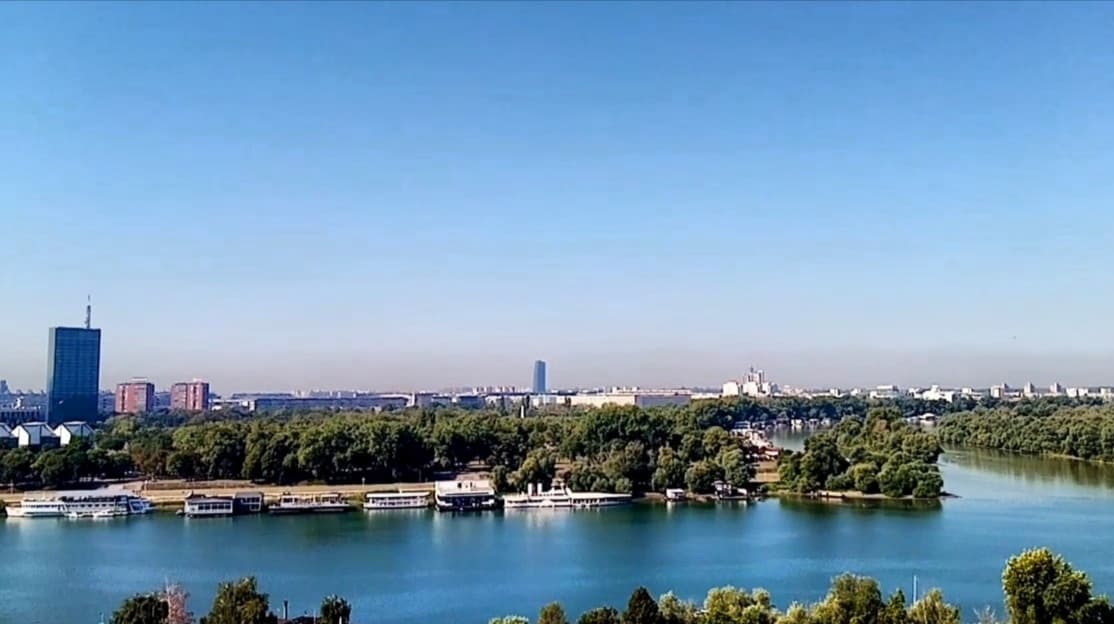


Social
from TikTok, Instagram & Reddit